Introduction
Can Parakeets Survive Cold Weather: Parakeets, also known as budgerigars, are charming and colorful pet birds that have captured the hearts of bird enthusiasts worldwide. While they originate from the arid regions of Australia, where the climate is warm and temperate, many parakeet owners wonder whether these small birds can adapt and survive in colder weather conditions. In the intriguing world of parakeets and their ability to thrive in cold weather, shedding light on their natural adaptations, the challenges they may face, and the measures pet owners can take to ensure their beloved feathered friends remain happy and healthy even when temperatures drop.
Parakeets, with their vibrant plumage and engaging personalities, have become popular pets in households across the globe. While their native habitat is far removed from the chillier climates of many regions, parakeets have showcased a remarkable capacity to adapt to various environmental conditions. Understanding how parakeets respond to cold weather is crucial for providing them with the best care possible. With proper care, parakeets can continue to bring joy and companionship to their owners, regardless of the season.
We will not only delve into the physical adaptations that enable parakeets to tolerate colder temperatures but also consider the behavioral changes they may exhibit in response to winter’s chill. The role of pet owners in safeguarding their parakeets from the potential risks associated with cold weather, including drafts, temperature fluctuations, and limited daylight hours. So, let’s embark on a journey to uncover the secrets of parakeet survival in cold weather and learn how to ensure their well-being during the winter months.
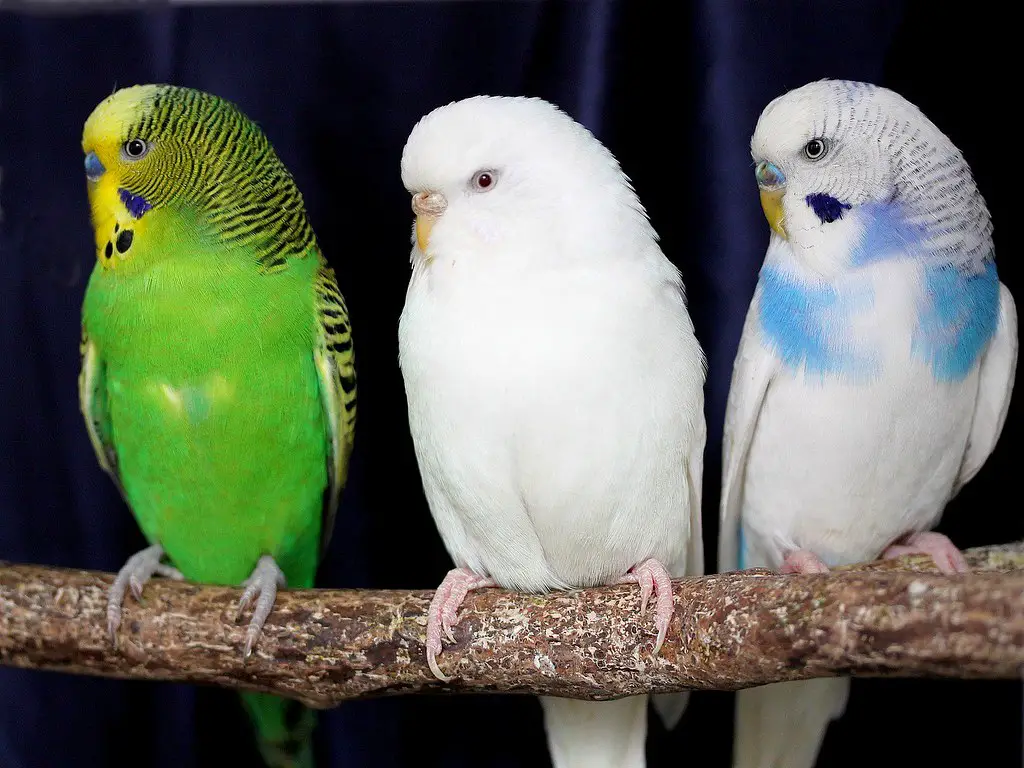
Do parakeets like cold or hot?
Parakeets and cockatiels are hardy birds, but both can get chilled in cool temperatures or when the weather changes. Both species exhibit the same behavior when they’re cold. Pet birds such as parakeets and cockatiels are most comfortable with a median house temperature around 70 degrees.
Parakeets thrive in temperatures ranging from 65 to 85 degrees Fahrenheit 18-29 degrees Celsius, which closely resembles their native environment. They are not well-suited to very hot conditions as they lack sweat glands and rely on panting and behavioral adaptations like perching in the shade to cool down. Extremely high temperatures can lead to heat stress, dehydration, and even death if precautions are not taken.
On the flip side, parakeets can tolerate cooler temperatures to some extent, especially when provided with shelter and a stable environment. However, they should not be exposed to freezing or near-freezing temperatures, as they are susceptible to cold-related health issues, such as hypothermia.
In essence, parakeets prefer moderate and stable temperatures, making it essential for their owners to maintain a suitable climate within their living quarters. Monitoring their comfort and providing proper care can help ensure that these delightful birds remain healthy and content regardless of the outside temperature.
Can a parakeet survive outside?
Because parakeets are tropical birds, they enjoy warmer temperatures. However, they cannot tolerate extended periods of being in direct sun. Parakeets left outside in their cages have no way of escaping intense sunlight and may die of heat exhaustion or respiratory problems.
Keeping a parakeet outside as a permanent living arrangement is generally not recommended. Parakeets are tropical birds native to the warm and temperate regions of Australia, and they are not naturally equipped to thrive in the harsh conditions of many other climates.
A parakeet to the outdoors can pose several risks to their well-being. Drastic temperature fluctuations, extreme cold or heat, rain, wind, and predators are just a few of the dangers they may encounter. Parakeets do not have the physiological adaptations to withstand cold temperatures and can easily suffer from hypothermia. In hot weather, they can quickly become dehydrated or overheat since they cannot sweat.
Predators like birds of prey, cats, and even larger birds can pose a significant threat to parakeets if left outdoors. Diseases and parasites carried by wild birds can potentially infect pet parakeets. If you wish to give your parakeet some outdoor time, it’s essential to do so under controlled and supervised conditions, such as a secure and enclosed aviary or harness training.
What is the minimum temperature for a parakeet?
Parakeets are tropical birds that have migrated, therefore they are not the greatest animals for the cold weather. You should never expose them to temperatures below 60 degrees or to sudden temperature changes of more than 20 degrees at a time.
The minimum temperature for a parakeet, or budgerigar, to remain healthy and comfortable is typically around 65 to 70 degrees Fahrenheit (18 to 21 degrees Celsius). Parakeets are tropical birds originally from the temperate regions of Australia, and they are not well-equipped to handle cold temperatures.
Exposing a parakeet to temperatures below this range can lead to several health issues, including hypothermia, stress, and a weakened immune system. Parakeets are small birds with a high metabolic rate, which means they can lose body heat rapidly. Prolonged exposure to colder temperatures can cause them to become lethargic, decrease their food intake, and even lead to life-threatening conditions.
To ensure your parakeet’s well-being during cooler months or in colder climates, it’s essential to provide a stable and warm living environment. This can be achieved by using a reliable heating source, such as a bird-safe ceramic heat lamp or a heated perch, and avoiding drafts or cold spots in their cage or aviary. Monitoring the room temperature regularly and taking precautions to maintain it within the recommended range is crucial for the health and happiness of your pet parakeet.
What happens if a parakeet gets too cold?
So parakeets can easily die from cold weather. She recommends being aware of some common symptoms that your bird is suffering from cold, which include puffing up into his feathers, crouching, loss of appetite, lack of movement, lethargy, heavy breathing, not flying, and fluid from the eyes and nose.
Hypothermia: Parakeets may develop hypothermia when their body temperature drops below the normal range of 104 to 108 degrees Fahrenheit (40 to 42 degrees Celsius). Symptoms include shivering, lethargy, fluffing up their feathers in an attempt to conserve heat, and a noticeable drop in activity.
Decreased Immunity: Cold stress weakens a parakeet’s immune system, making it more susceptible to illnesses such as respiratory infections, which are common in birds exposed to low temperatures.
Reduced Appetite: Cold parakeets often eat less, which can lead to weight loss and further energy depletion.
Respiratory Distress: Exposure to cold can result in labored breathing and can exacerbate pre-existing respiratory conditions in parakeets.
Inactivity: Cold parakeets become less active, and if not warmed up, they may become comatose and unresponsive.
Death: If left untreated, severe cold stress can ultimately lead to death due to organ failure and cardiac arrest.
Do parakeets like ice water?
Ice is not needed, but your little feathered friends might enjoy it. Just because they would never have seen something (like ice) in the wild is not an indication that it is bad for them or even necessarily dangerous.
Temperature Shock: Sudden exposure to very cold water can cause temperature shock, leading to stress and potential health problems for your parakeet.
Digestive Disturbances: Drinking ice-cold water can potentially disrupt your parakeet’s digestive system, causing discomfort and potential digestive issues.
Reduced Water Intake: Parakeets need to stay hydrated, especially in warm weather, but offering ice water might discourage them from drinking enough. Dehydration can be detrimental to their health.
To provide the best care for your pet parakeet, it’s advisable to offer room temperature or lukewarm water in a clean water dish. Ensure the water is fresh and changed daily to keep it free from contaminants. Parakeets often enjoy bathing, so you can provide a shallow dish of lukewarm water for them to splash around in, which can also help them regulate their body temperature and maintain healthy plumage.
Can parakeets survive cold?
So parakeets can easily die from cold weather. She recommends being aware of some common symptoms that your bird is suffering from cold, which include puffing up into his feathers, crouching, loss of appetite, lack of movement, lethargy, heavy breathing, not flying, and fluid from the eyes and nose.
Parakeets, also known as budgerigars, are tropical birds native to the warm and temperate regions of Australia. As such, they are not naturally equipped to thrive in cold weather. Exposing parakeets to cold temperatures can indeed be dangerous and even fatal.
When parakeets are subjected to cold weather, they face various risks to their health and well-being. The symptoms you’ve mentioned, such as puffing up into their feathers, crouching, loss of appetite, lethargy, and heavy breathing, are clear signs of distress in response to cold temperatures. These behaviors are their way of conserving body heat and attempting to stay warm.
In severe cases, extended exposure to cold weather can lead to hypothermia, a condition where a bird’s body temperature drops dangerously low, potentially causing organ failure and death. Therefore, it’s crucial for parakeet owners to be vigilant and provide a warm and sheltered environment for their pets, particularly during colder months.
Do parakeets like cold or hot?
Parakeets and cockatiels are hardy birds, but both can get chilled in cool temperatures or when the weather changes. Both species exhibit the same behavior when they’re cold. Pet birds such as parakeets and cockatiels are most comfortable with a median house temperature around 70 degrees.
Parakeets, also known as budgerigars, are native to the temperate and arid regions of Australia, where they are acclimated to moderate and warm temperatures. Given their natural habitat, parakeets are better suited to tolerate and thrive in moderate or slightly warm conditions rather than extreme cold or heat.
Parakeets do not particularly enjoy either very cold or very hot temperatures. Extreme cold can stress and harm them, leading to issues like hypothermia, lethargy, and a weakened immune system. On the other hand, intense heat can result in dehydration, heatstroke, and discomfort for these birds, as they are not equipped with sweat glands and rely on other cooling mechanisms.
To ensure the well-being of your pet parakeet, it’s crucial to maintain a stable and moderate temperature in their living environment, ideally between 65 to 85 degrees Fahrenheit (18 to 29 degrees Celsius). Provide shade and fresh water during hot weather, and protect them from drafts and cold temperatures in colder seasons.
Do budgies feel cold at night?
The body heat of each other keeps their body warm. Budgies – being native to Australia’s arid regions – can tolerate cold nighttime temperatures, down to perhaps two degrees Celsius. However, they gather together in large flocks even at night which must provide warmth.
Cover the cage: Using a cage cover or blanket can help retain heat within the cage, providing a cozy sleeping space for your budgie.
Maintain a stable room temperature: Keep the room where your budgie sleeps at a consistent and moderate temperature, ideally between 65 to 70 degrees Fahrenheit (18 to 21 degrees Celsius).
Provide cozy bedding: Use soft and warm bedding material, such as fleece or nesting material, to create a comfortable sleeping area inside the cage.
By taking these measures, you can help your budgie have a restful and comfortable night’s sleep, ensuring their well-being and health in colder weather.
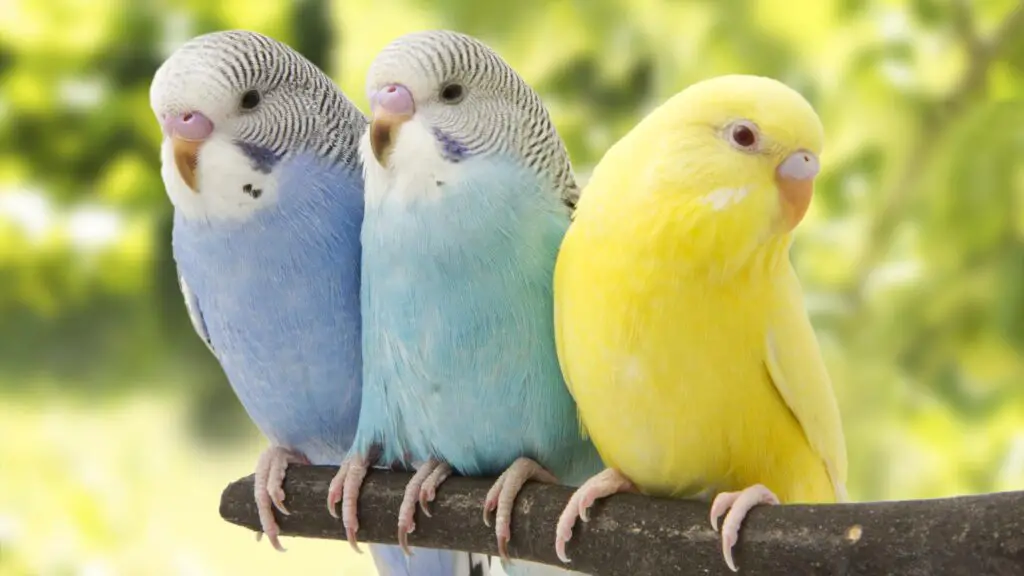
Conclusion
In the world of avian companionship, parakeets have proven to be resilient and adaptable birds, capable of surviving and even thriving in colder weather conditions. While their natural habitat in Australia is characterized by warmth and temperate climates, parakeets have evolved to endure temperature variations and can cope with chilly environments to a certain extent. Uncovered the intriguing ways in which parakeets adapt to colder weather. It’s essential for parakeet owners to be vigilant during the winter months, providing warmth and protection against drafts, and maintaining the winter months.
Their physical attributes, such as down feathers and the ability to fluff up, help conserve body heat, while behavioral adjustments, like increased feeding and roosting activities, assist them in maintaining their core temperature. The role of attentive pet owners cannot be overstated, as they play a crucial part in providing a safe and comfortable environment for their feathered companions during the winter months. Ultimately, while parakeets are indeed hardy birds, their ability to survive in cold weather depends on various factors, including the severity of the climate, the bird’s overall health, and the quality of care they receive.
By being aware of these factors and taking appropriate measures, parakeet owners can ensure that their beloved pets not only survive but also thrive, enjoying a happy and healthy life throughout the changing seasons. Whether parakeets can survive cold temperature is not a straightforward yes or no. Parakeets possess remarkable natural adaptations that enable them to endure colder conditions better than one might expect, but there are limits to their tolerance. While they may handle mild cold spells quite well, severe and prolonged colds can pose serious risks to their health.

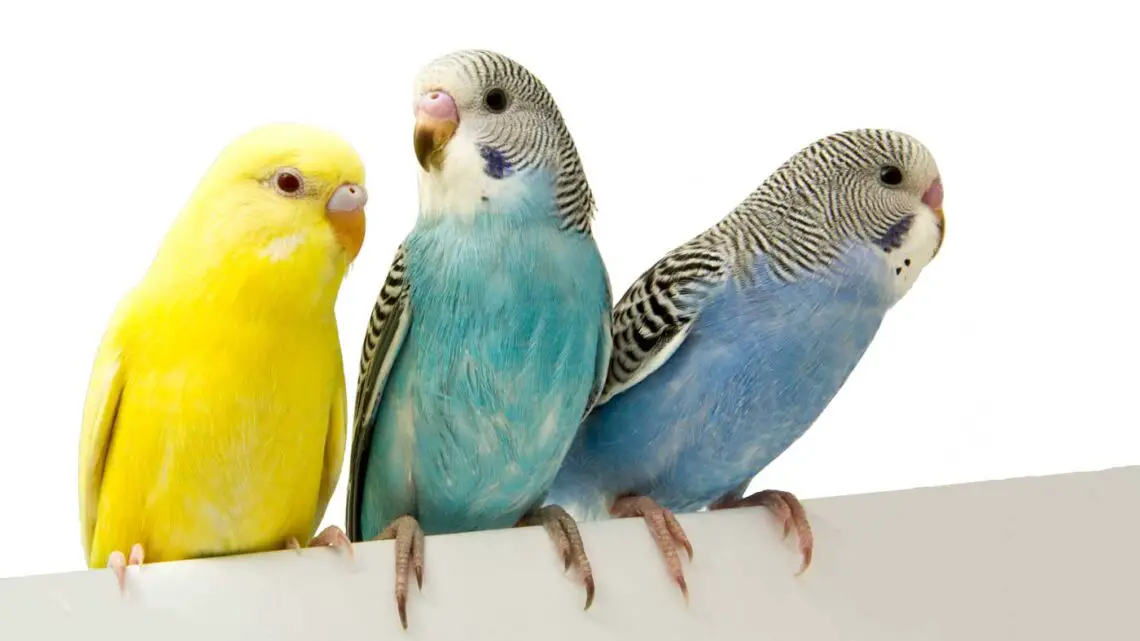
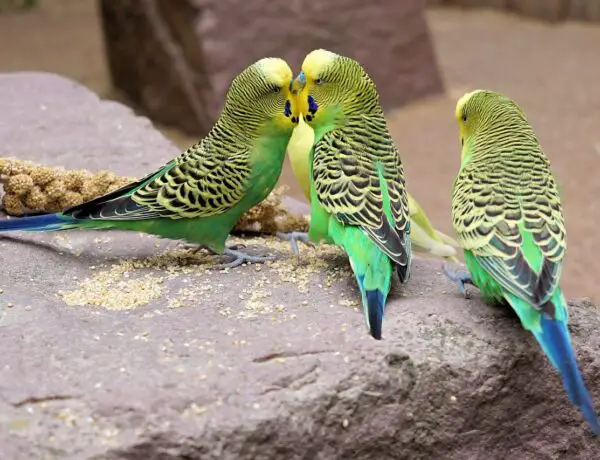
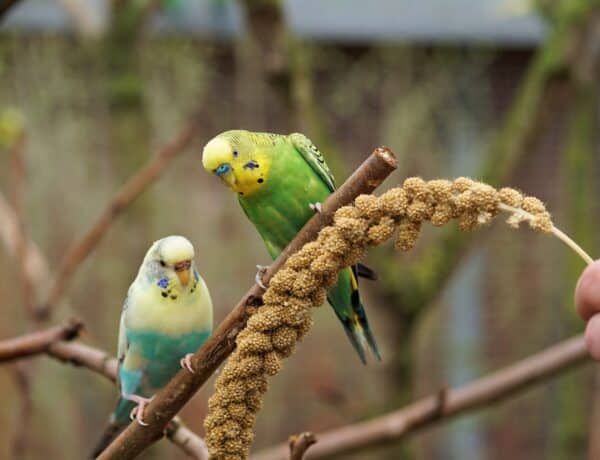
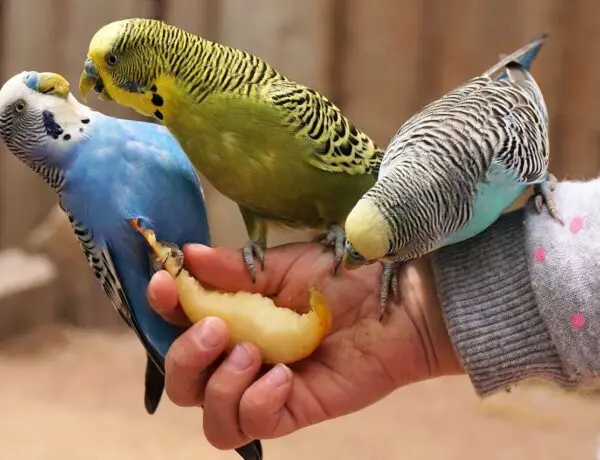
No Comments